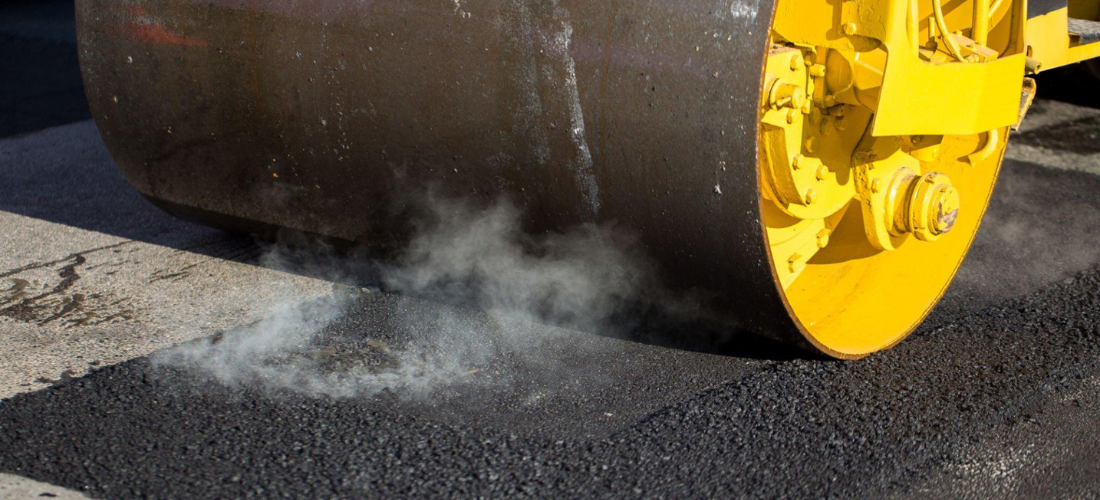Maintaining road surfaces is crucial for ensuring safe and smooth transportation. As roads age and undergo wear and tear, cost-effective solutions for maintenance become essential. One such solution is microsurfacing. In this comprehensive guide, we will explore the process, benefits, and applications of microsurfacing, highlighting its role as a cost-effective solution for road maintenance.
What is Microsurfacing?
Microsurfacing is a protective and restorative treatment applied to road surfaces. It consists of a mixture of polymer-modified asphalt emulsion, aggregate, mineral filler, and additives. This blend is spread and compacted on the road to create a thin, durable, and skid-resistant layer that extends the life of the pavement.
The Process of Microsurfacing:
The process of microsurfacing involves several key steps. First, the road surface is thoroughly cleaned to remove debris and loose materials. Then, a specially designed microsurfacing machine applies the mixture to the road using a spreader box. The mixture is spread uniformly and compacted with a series of rubber-tire or steel-drum rollers. The microsurfacing cures quickly, allowing for traffic to resume in a relatively short time.
Benefits of Microsurfacing:
Microsurfacing offers several benefits as a cost-effective solution for road maintenance. Firstly, it provides a protective layer that seals the road surface, preventing water intrusion and reducing the risk of cracking and potholes. This helps to extend the lifespan of the road, reducing the need for more extensive repairs.
Additionally, microsurfacing enhances skid resistance, improving traction and safety for motorists, particularly in wet conditions. It also restores the appearance of the road surface, giving it a smooth, black finish. Moreover, microsurfacing is a non-disruptive process that can be applied quickly, minimizing road closures and traffic disruptions.
Applications of Microsurfacing:
Microsurfacing is suitable for a range of road maintenance applications. It can be used on various road types, including highways, residential streets, parking lots, and industrial areas. Microsurfacing is particularly effective on roads with moderate to severe surface distress, such as raveling, oxidation, and minor cracking.
Furthermore, microsurfacing can be customized to meet specific needs. It can be applied as a standalone treatment or used in conjunction with other pavement preservation techniques. Microsurfacing is a versatile option that addresses multiple road maintenance issues, making it a valuable tool in the preservation of road surfaces.
Cost-Effectiveness:
One of the significant advantages of microsurfacing is its cost-effectiveness. Compared to more extensive rehabilitation methods, such as mill and overlay or full-depth reconstruction, microsurfacing offers substantial savings. The quick application process and reduced material requirements contribute to lower project costs, making it an attractive option for road maintenance within limited budgets.
Conclusion: Microsurfacing is a cost-effective solution for road maintenance, offering numerous benefits in preserving and extending the lifespan of road surfaces. Its protective and restorative properties, quick application process, and skid-resistant finish make it an ideal choice for various road types and surface distress levels. By utilizing microsurfacing as part of a comprehensive maintenance strategy, transportation authorities can ensure the longevity and safety of their road infrastructure

